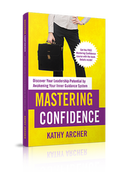Nonprofit Leaders: Here's how to measure your leadership development goalsAs a nonprofit leader, if you want to make this year different, then you've likely set goals for yourself, and if you're serious, you've probably created a plan for how you will reach those goals. The Next Step? It's to measure your progress. But how do you measure goals that seem immeasurable? 3 tips to help nonprofit leaders measure immeasurable leadership development goals1) Measure the use of the TOOLThink about what you will use to help you reach your goal. Get clear on how you will use that tool. Then measure the usage of that tool. For example GOAL: Be better able to focus on important but not urgent work TOOL: Practicing meditation MEASUREMENT: Measure how frequently you meditate GOAL: To feel more confident in staff meetings TOOL: A Journal to track and shift thoughts MEASUREMENT: How often are you journaling your thoughts? GOAL: To spend more time doing strategic thinking TOOL: Getting away from your desk and going for a walk MEASUREMENT: Count the times each week you walk and are simply alone with your thoughts 2) Measure the HABIT you need to instill to help you reach your targetIf your goal this year is a more work-life balance, habitually leaving work on time will provide more balance. Therefore, you could measure how often you leave work at five o'clock. To feel more confident in staff meetings, you'll need to be more intentional before going into staff meetings. Choosing how you will respond instead of reacting to a trigger needs to become a habit before meetings. Therefore, you'll measure how often you preplan how you'll manage your emotions during the meeting. Is it becoming a habit that you naturally do? When you find yourself stuck on a problem, you've likely been trying to figure it out in a linear, analytical or in-the-box way. Instead, you may need to think more freely, creatively, or strategically. When you create the habit of scheduling "thinking" time into your week, you'll be on your way to finding more time to think. Count the times you do it. Has it become a weekly habit yet? 3) You can measure the MILESTONES along the journey to the goalCompletion of goals takes time and often involves many steps. However, we feel more engaged in our goals when we can see progress along the way. Therefore, checking off each milestone along the way is a way to measure progress. FOCUS Did you pick which app you'll meditate with?
CONFIDENCE Did you find a journal or scribbler to write down your thoughts in?
STRATEGIC THINKING Did you do your first walk to think, despite feeling guilty about all the work you were walking away from?
What you measure as a nonprofit leader, gets improved!You can't manage what you don't measure says Peter Druker
You'll need to measure your progress regularly to help you achieve your goals this year. To help you do that...
Review this regularly, and you'll FEEL the difference!
0 Comments
How to set your leadership goals to be your best as you run your nonprofitNo goals yet for this year? It's not too lateIt is the later in January already, and perhaps you are one of the ones who have yet to set your goals for the year. I have many clients in your shoes. They need to find the time to draft their goals but are struggling. But rest assured. It is not too late to set them. Now that the dust of the holidays has settled, you may be in a better place to do that. Setting goals is essential to leading a nonprofit organization but also essential to the development of your capacity to lead. Yet, it can be challenging to find the time and focus on doing so amidst the busyness of day-to-day operations. Below you'll find easy strategies to help you develop goals that will build your competence and confidence as a leader this year. Leaders do need to have their own goalsFirst, let's get clear. You do need goals. As teleological beings, we perform at our best when we have targets to work towards. You know this if you say you do your best work at the last minute. A looming due date is a fabulous target to motivate most of us. Without your own leadership goals, you wander in circlesWithout goals, we can quickly feel like we are just going through the motions and not making progress. Without targets, you are wandering aimlessly. That is why you may feel like you are just going in circles! When you have your own goals, you are intentionally creating your leadership experienceAre you taking an active role in shaping your future? You are if you are intentionally creating life, days, your career and your personal life as you choose. When you are intentional, you create your leadership and life experiences by reflecting, deciding, setting goals and planning, all before you take action. The Easy Goal Setting Method for Nonprofit Leaders1) Gather Your ThoughtsWhenever anything comes to mind about your goals, jot it down on a sticky note or digital file. Your brain is always thinking, and you have ideas, awarenesses and ah-has. Those are important to capture. 2) Schedule time to review last yearAs little time as 5 minutes will do. Begin by reviewing the past year and reflecting on your strengths, areas of growth, and accomplishment. Here are some prompts to get you started:
3) Create a future visionKnowing where you are going will help you get there. It would help if you had that target to aim at. Craft a quick vision of what you want in your future by answering these questions. If I have the "perfect" life, career and relationship:
4) Rough out your goalsConsider the steps you need to take this year to move closer to that vision. Draft 2-3 goals to help you achieve that vision. They don't need to be perfect, SMART or finalized. Draft is the important word here. You'll continue to refine them as you work on them. Just get something down on paper as a starting point. 5) Expand the goal into a planOnce you have your goals, develop a plan to achieve them, including specific actions, practices, and training. Consider what habits you need to develop to maintain your goals over the long term.
An examples of leadership goals and plansVision Perhaps you imagined yourself as a courageous leader. You visualized how you are stronger, more assertive and more confident. You got a sense that as you grew, you could feel yourself doing tough things like addressing issues, setting boundaries and being true to yourself. Goal Your goal could be to increase your confidence level in your leadership role. Plan Your plan could include:
The bottom line: It's never too late to set goals to be an effective leaderTaking the time to set goals and create a plan to achieve them intentionally can significantly impact the success of your leadership and personal life. By being intentional and self-reflective, you can progress toward your desired experience of blending life and career. Regardless of the time of year, it's always possible to start creating the future you want.
Creating goals for yourself allows you to find a different experience in life. Rather than letting your days unfold before you and reacting to whatever fire flares up, you need to design your experience of leadership and life. Creating a plan to go with your goals will make your life more enjoyable.
The Components of Effective Goals As you design your goals for the coming year, include the following three components. PART # 1 - The Outcome You Desire First is the part of the goals that most people set. It is the outer part of the goal because they are outside of you. It often happens in the outside world that you can see or touch when you reach your goal. You can point to them and say I did that! Outcome examples
PART # 2 - The Internal Shift You Need to Make The next part of the goal is the internal shift. To succeed at reaching your goal, you often need a change inside you. It is connected to your thoughts and emotions and often includes a degree of inner discipline. Examples of internal shifts
PART # 3 - What habit do you need to cultivate? The final part of a good plan to achieve your goals is clarifying the habits you'll need to cultivate to achieve your goals. The difference between a habit and a goal is:
Examples of habits
When you include all three components, you develop a well-rounded plan to work on and regularly review to ensure you are on track. Let's work through some examples to help make sense of how you can apply this in your nonprofit role. Task-related goals examples: Outcome – Complete a review of the policy manual. Inner shift - A policy manual is not a thing. It's how we do our work. Habit to cultivate – Have staff rotate a review of policies at each staff meeting, sharing examples of how they applied policy, reviewed the policy or identified the need for revisions, Outcome – Create a new hire experience we follow each time we hire a new employee. Inner shift - Shifting thoughts to: Our work is never done. We have to create systems to help us with cycles. Habit to cultivate – Review the new employee routine every six months to see what's working and what we can improve on. Individual Leadership Goals Examples: Outcome – Leave the office at 5 pm daily Internal Shift - Shifting my thoughts to "It's ok for me to leave at 5 pm," which will create an increased feeling of work-life balance Habits to cultivate
Outcome – Develop An Attitude of Gratitude If you are cultivating gratitude, you may think the goal is to write in a gratitude journal daily. That will help, but there are other things to do. For example, many people write down a list of things they are grateful for and wonder why it doesn't change their life. The Inner Shift - To truly cultivate an attitude of gratitude, you need to slow the process down and connect emotionally with the thing you are recording. Gratitude is a feeling, not a doing. You FEEL grateful. You don't DO grateful. Therefore to achieve this goal, you need to understand what it feels like in your body when you are grateful and then "do" more to cultivate that feeling. That's an internal shift. Habit to cultivate – Taking a deep breath after you've written your grateful statement, closing your eyes, reliving the situation you are thankful for, and feeling it in your body again. For my members of The Training Library, you'll find a lesson and worksheet on gratitude here. Outcome - Get better at setting boundaires Learning to say no more often may be about setting boundaries with those around you regarding what you will and will not do. Often just setting limits creates more stress in a person's life. A true shift in setting boundaries is understanding why you have the urge to say yes in the first place. That's an internal shift. The Inner Shift - Boundary setting requires self-discipline. You need to resist that urge to please everyone around you. To feel good about the boundaries you set requires you to change the inner dialogue that insists you "must" respond or:
The habit to cultivate - To be more comfortable setting boundaries, you may need to create a habit of self-reflection. Each week, take time first to write down the boundary you want to make. Then consider what thoughts come up when you set that limit and what beliefs and values play a role. That will help you begin to make the inner shift. To create your highly successful goals this year: You need to do more than write a goal statement down. As you set your goals for the year, think about the type of leader you want to be and the impact you want to have on your team, organization, and industry. Also, consider how you want to integrate work and life. Then create goals that will help you be that type of leader with the experience of leadership and life you desire. Successful goal setting requires a plan You will find success when you look at the goals you want to achieve as more than a statement. Take time to develop the outcome, the internal shift and the habits.
If you are like most nonprofit leaders, you hit the ground running this January.
It feels like we don't get to choose! If you aren't careful, you'll default to spending this year chasing whatever falls onto your lap, your inbox or shows up at your door. But you can design your life this year rather than wait to see how it unfolds. The problem is that too many women leaders in the nonprofit sector live in default mode. Whatever gets thrown at us, we take on. We are so mired in the tasks and meetings right in front of us we don't even see that we have a choice. But you do have a choice You can design your leadership and life experience with some planning, and you are worth the time it will take! Trust me! Your indecision will leave you in default mode If you don't plan, you live in default mode. Defaulting to others, lack of time, or the expectations set for you, means you don't decide. Your indecision means you give up the ability to create your days and how you want them to be. Put together day after day of defaulting to the world, and this is what you will find:
I felt like I was a victim of my circumstances I look back in my journals and see when I was in default mode. It's easy to tell. It was when I felt I was the victim. I blamed my mess of a life on others, the job, the sector, society and life in general. I gave up control.
Women fit their life around everyone else In default mode, women wait to see what everyone else around them does. Then women try to fit their needs, wants, wishes and dreams into the tiny cracks in the middle. That is, if there are any cracks to be found. Unfortunately, most of us are so busy taking care of the things that need doing that we don't make time for ourselves. Are you letting everyone else decide your life? The problem is if you keep going down that path, you will never find what you want. If you don't set goals for yourself, someone else will set them for you. Your organization and your boss or board probably have goals set for you. I bet someone else has decided what you will do at work and in your personal life. You follow the beat of the drums around you. It's time to find your own beat! Don't get me wrong, your organization should have goals, and in addition to those goals, you should design your own personal goals for your career and your life. Stop letting everyone else decide. Create your vision Designing your life means you step back and determine how you want to experience it. It means you choose what you want and then make that happen. That starts with deciding on a vision and then developing goals to reach that vision. Take back your power by making choices In design mode, you take back control. You take back your power and make choices. You become responsible for the choices and the outcomes of your life. When you do that, you ensure there are time, resources and motivation to reach your goals and dreams, whatever those are. I gained my power back I can also see in my journals where I took the time to set goals and the shifts it made in my moods and my day-to-day experiences.
Your homework: Prepare to design your life:
Live life in design mode Make a choice. Decide to take back control of your life. Start by taking control of your agenda and setting aside time to plan. You'll be glad you did! |

Available on Amazon
Archives
May 2024
|
|
Leadership TRAINING for Nonprofit Leaders
Become a confident and competent nonprofit Leader: Join The Training Library membership Executive and Leadership COACHING Leadership Coaching for Nonprofit Executives, Leaders and ManagerCoaching |
PODCAST for Nonprofit Leaders
The Surviving to Thriving podcast: Strategies, systems and support to lead your nonprofit with confidence FREE RESOURCES to Grow your Leadership Skills Free Leadership Training Resources, Worksheets and Templates |
Become a CONFIDENT LEADER
|


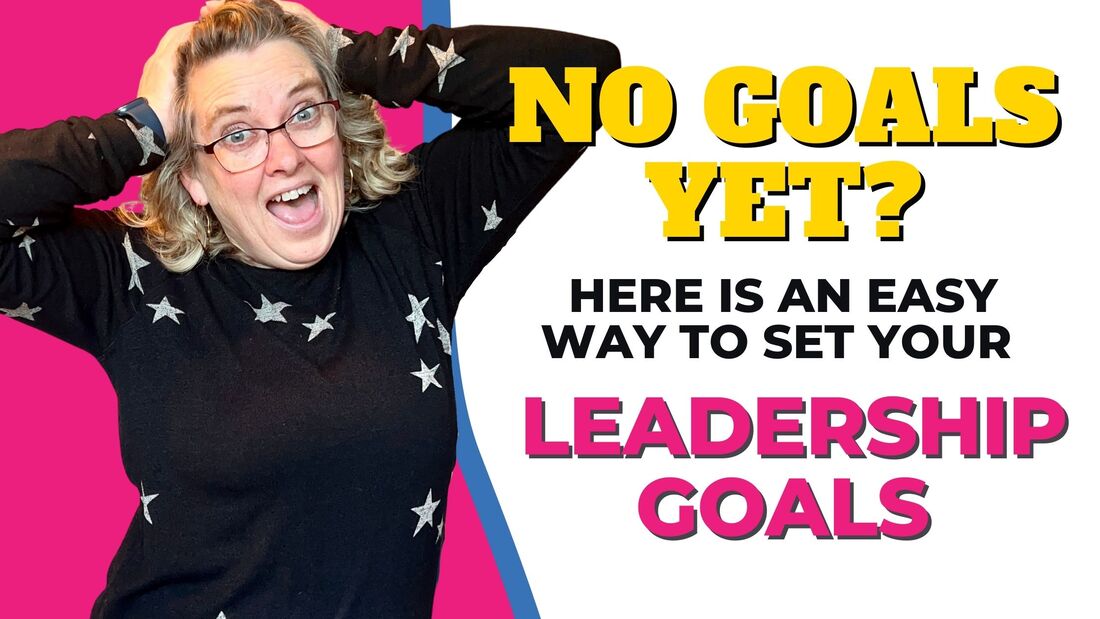
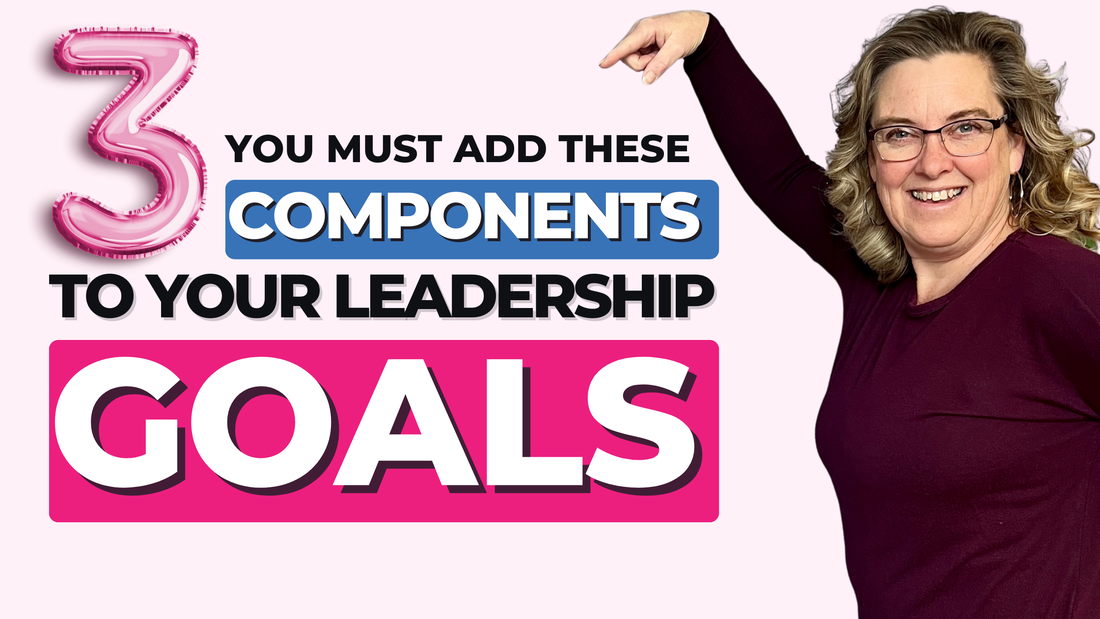
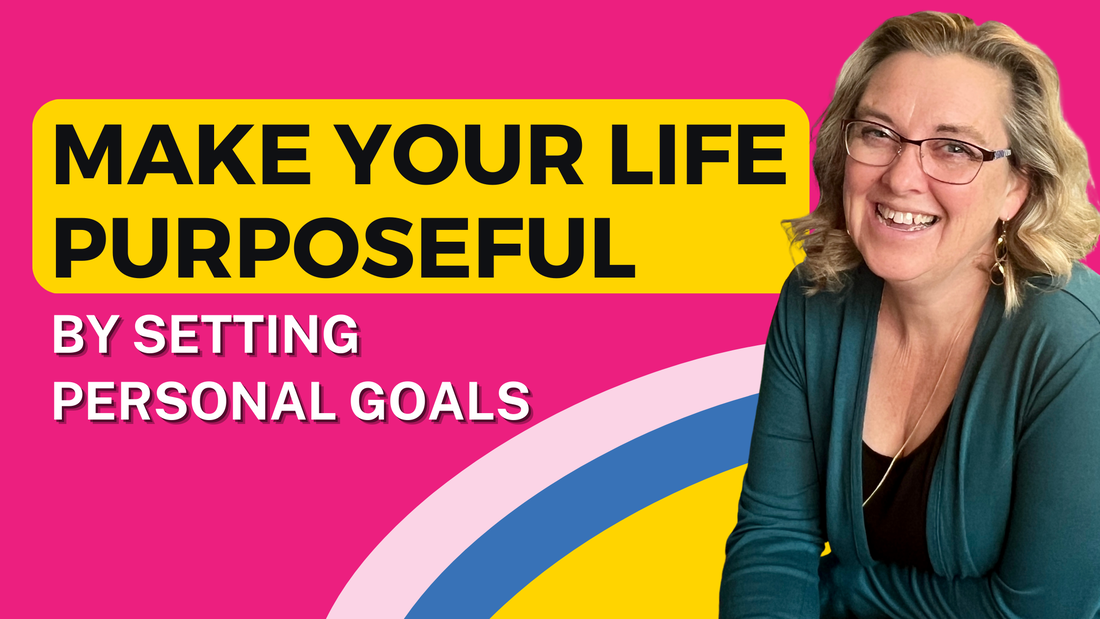

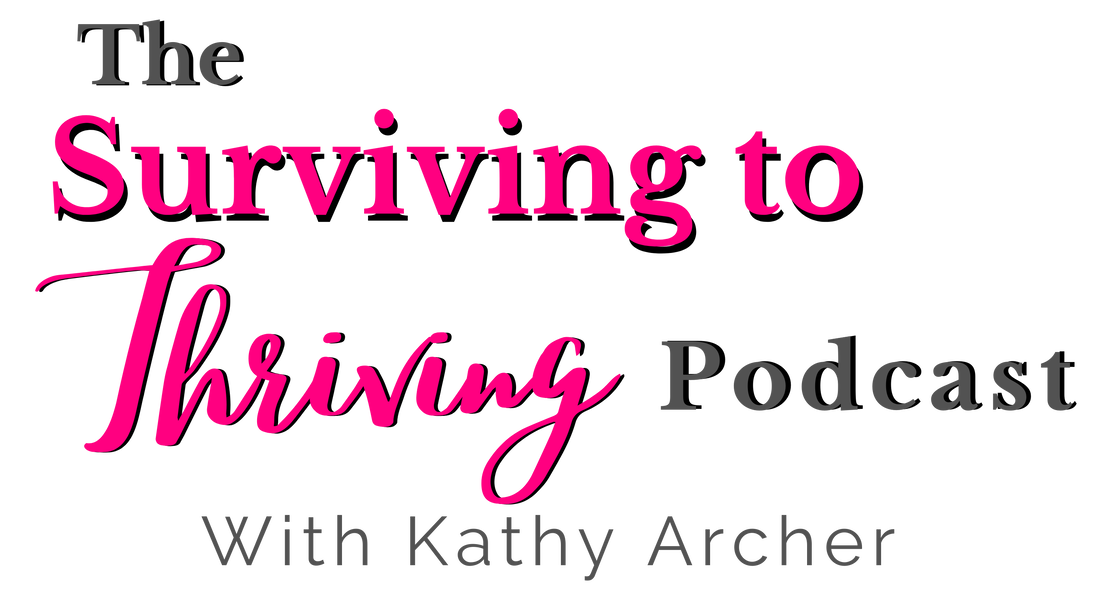
 RSS Feed
RSS Feed
